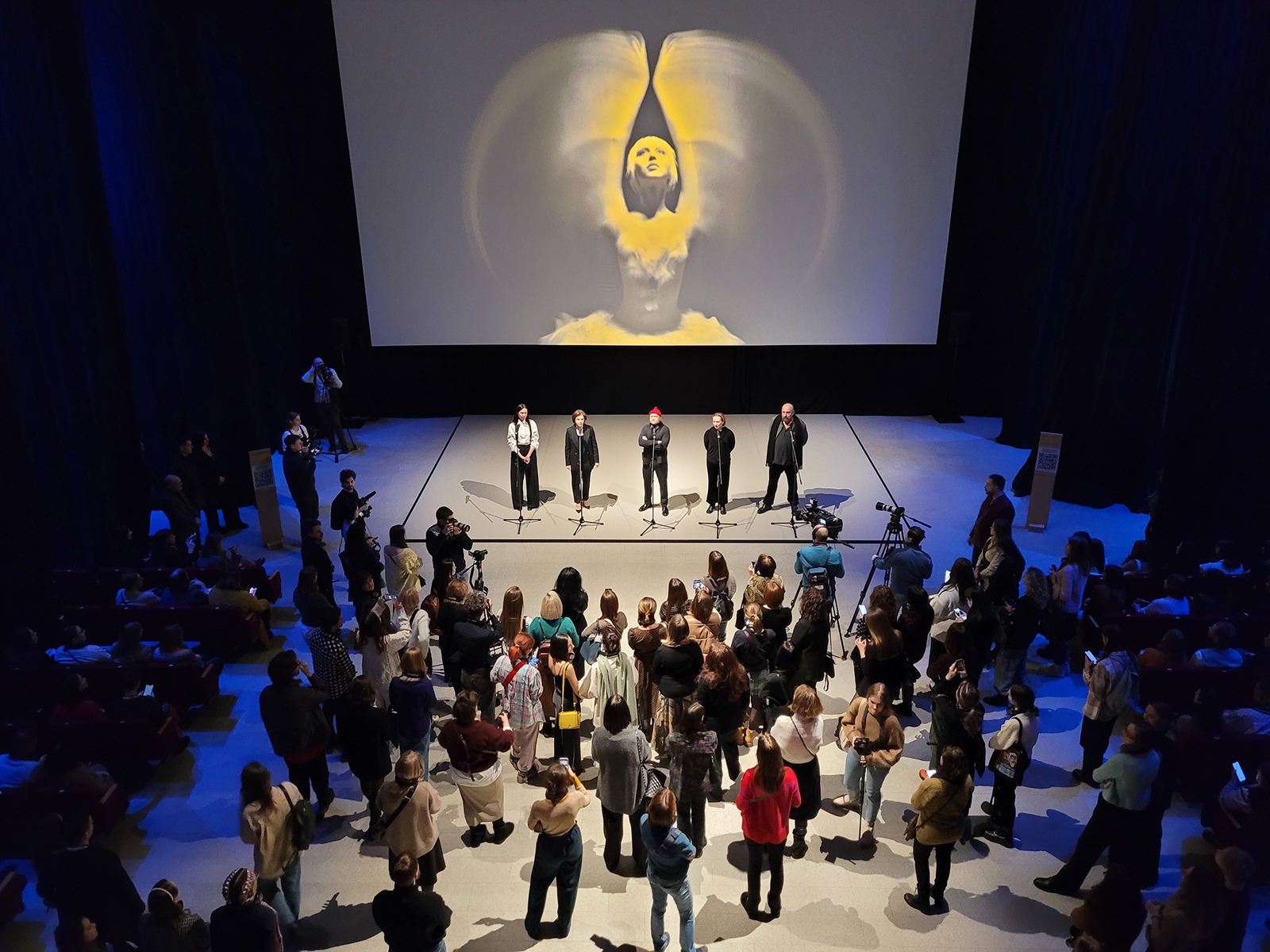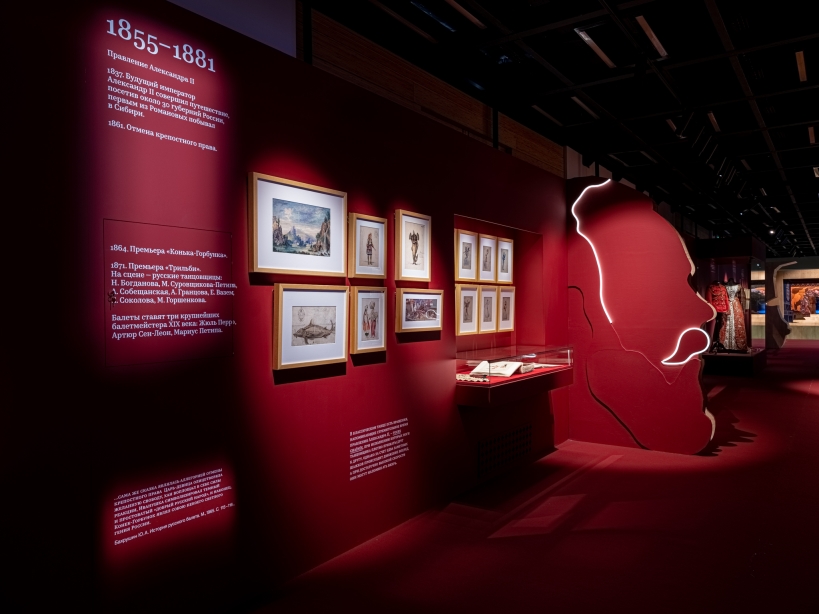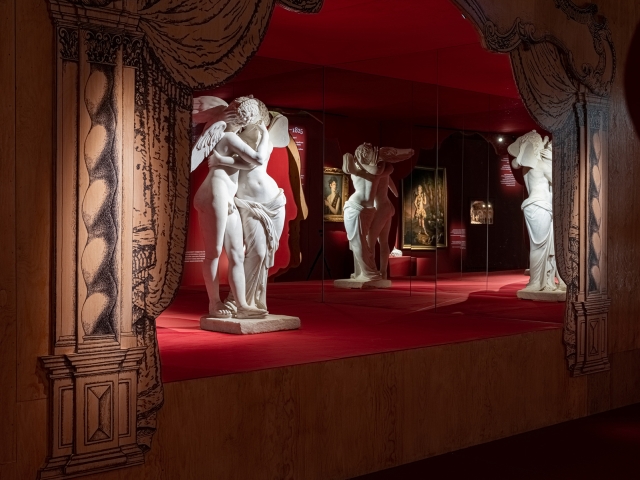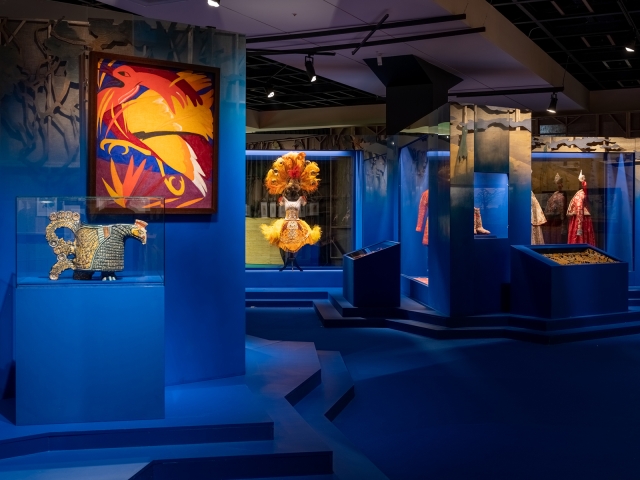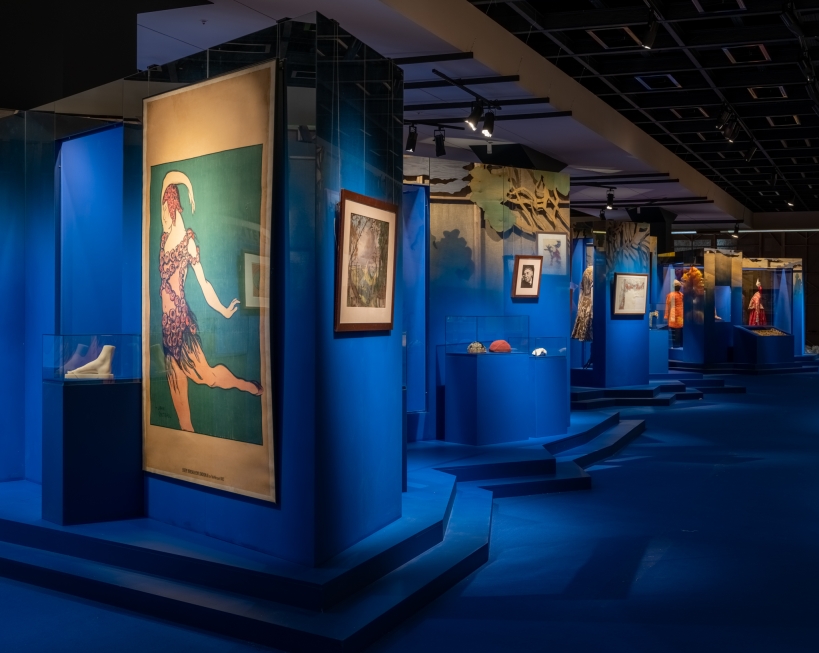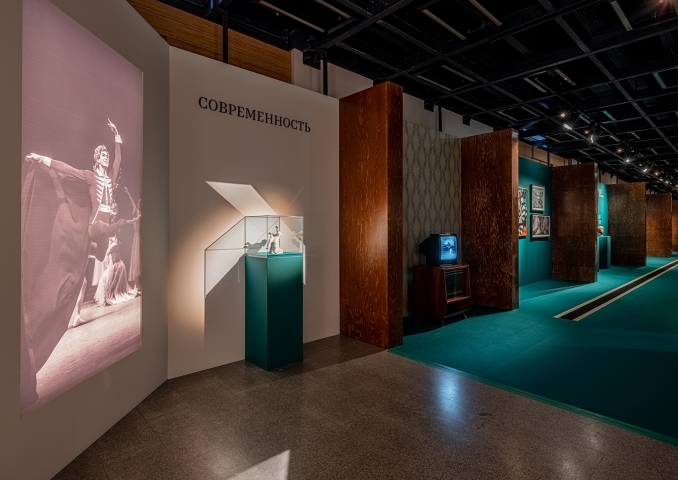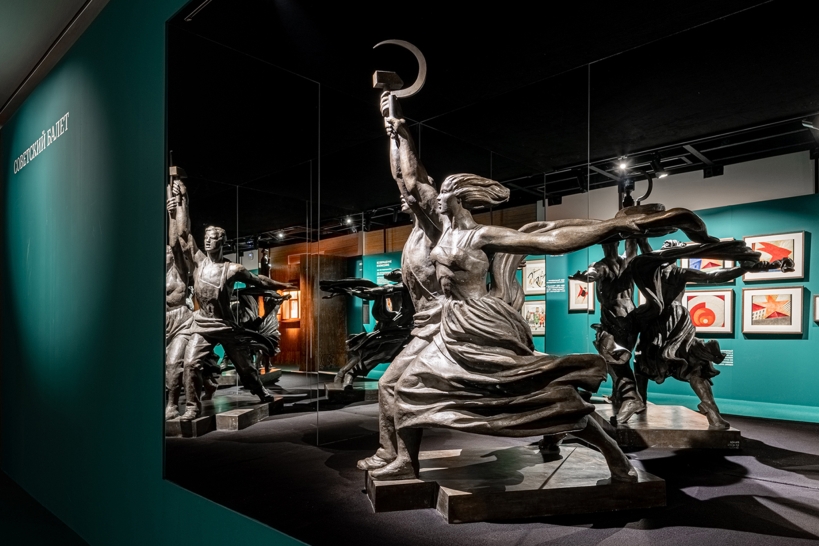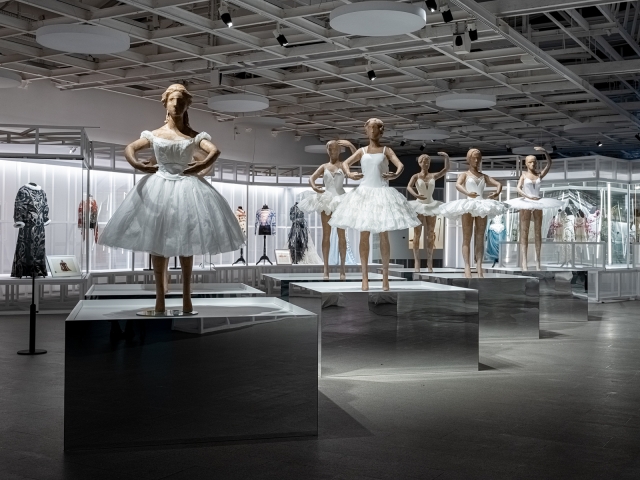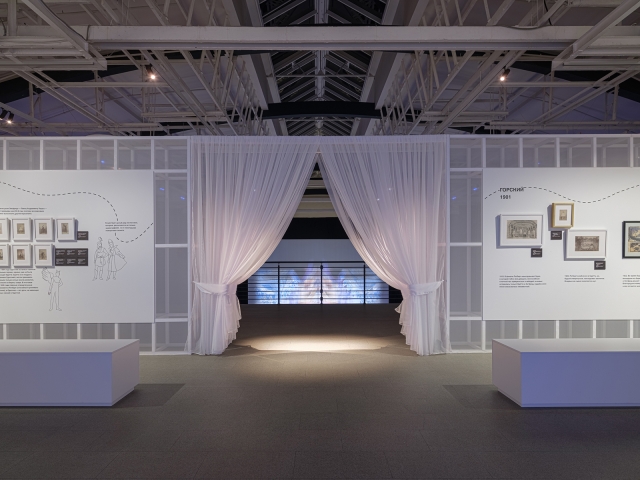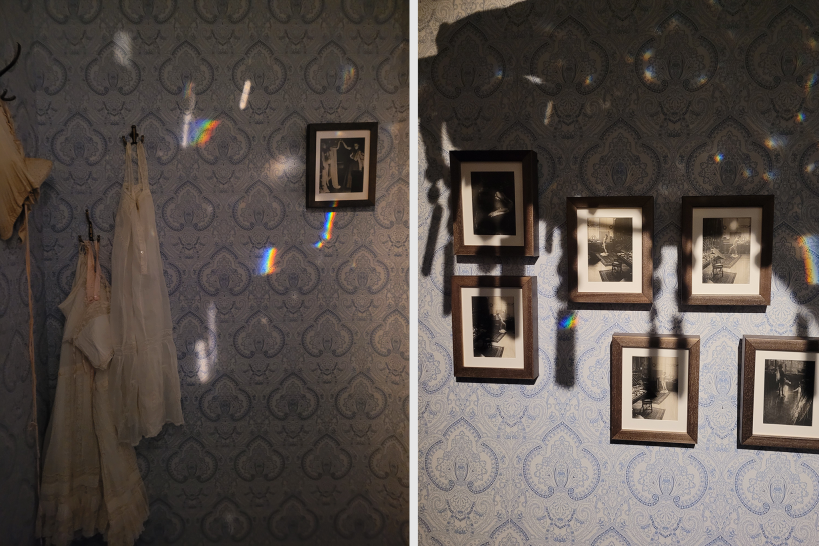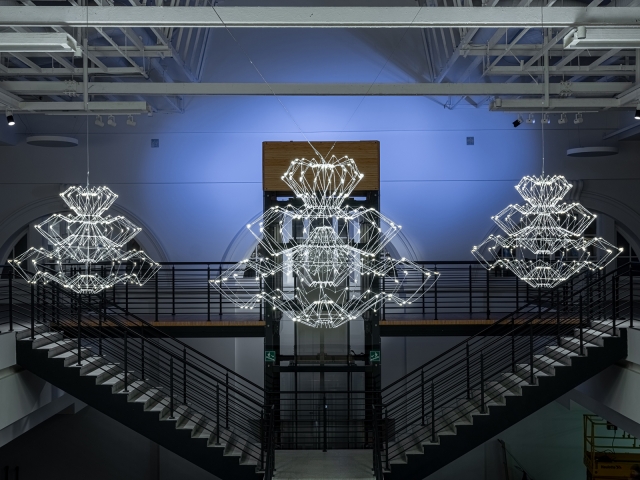Prize(s) Honorable Mentions
Company THE VIEW lighting design bureau
Lead Designers Valery Gorelova, Liudmila Materova
Other Designer's names Kate Kantserova, Daniel Morjuhin, Daria Klimova, Anastasia Ryabykh, Margaret Bubnova, Anna
Client Planet 9 and ROSIZO
Photo Credits Vasiliy Bulanov
Other Credits Architecture: Planet 9, Elena Rassadina, Natalia Zhernakova
Completion Date February 2023
Project Location Saint-Petersburg
Entry DescriptionThe evolution of Russian ballet is shown through the prism of cultural, political and scientific revolutions.
In the entrance hall, the visitor gets "behind the scenes". The rooms are darkened and toned with blue light that immerses visitors into the atmosphere of the theatre, referring to the scenography of Swan Lake.
The historical hall was dominated by accent wall lighting solutions with rich hanging. Uniform lighting made the volumes of showcases whole, showing the exhibits.
Spotlights adjustment in mirror niches with sculptures prevented the visibility of sources, and added backlighting by reflection.
Mirrored islands with historical costumes became the centre of the hall of Diaghilev's enterprise. The combination of optics of linear luminaires provided the standard of illumination, taking into account the small size of the showcases. The reflections of Roerich`s scenery appeared in the gradient-toned mirrors of the islands, due to the light walls. To prevent glare, all spotlights are covered with cinefoil.
The blue light accent behind the stairs of the big hall repeated the lighting technique in the entrance and completed the historical part.
Showcases of historical costumes are lit by a combination of oval lenses and miniature accent lights: the costumes are detailed throughout. The back of the showcases made of translucent mesh is illuminated by sliding light.
Sustainability ApproachMost of the lighting fitting at the exhibition was re-used from the museum`s archive or rented. That helped to decrease the carbon footprint and amount of production for the exhibition.

